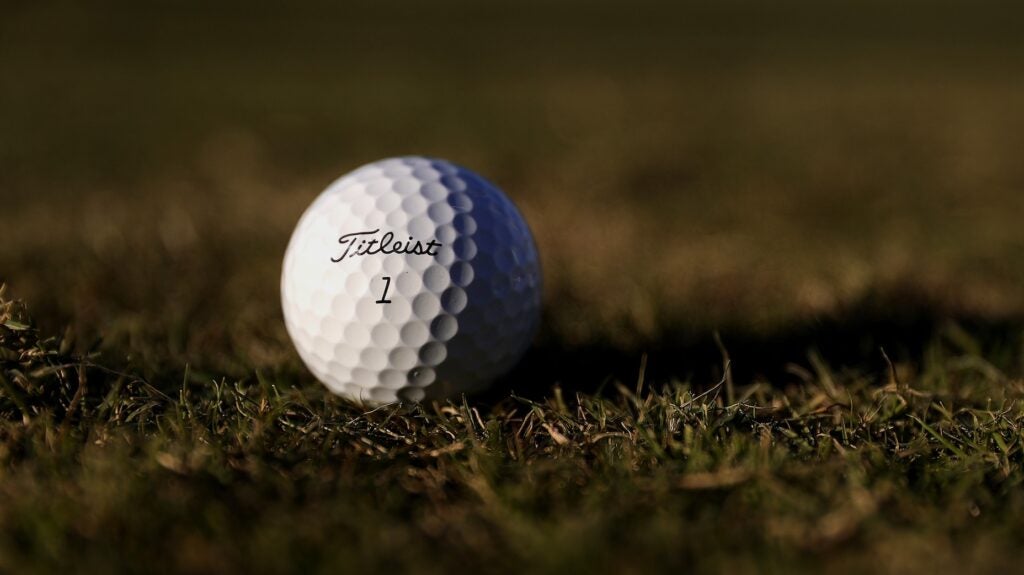The USGA and R&A formally announced a proposal to roll back the golf ball with a Model Local Rule (MLR) that could go into effect as early as January 2026 at the U.S. Open and Open Championship.
As you’d expect, any rule designed around a piece of equipment needs buy-in from the manufacturers who create the tools. In 2010, equipment brands were asked to redesign (and reduce) the groove volume on irons, wedges, hybrids and fairway woods to satisfy Model Local Rule G-2. All willingly obliged.
More than a decade later, golf’s governing bodies are once again asking manufacturers to expand their R&D budgets in the name of reigning in distance at the elite level. This time around, it’s unclear if manufacturers are going to willingly comply with the new proposals.
Six golf ball brands are currently played on the PGA Tour, but fewer than half released official statements on the MLR golf ball on Tuesday. Titleist was the most vocal following the announcement, calling the proposal for golf ball bifurcation “a solution in search of a problem.”
“The performance changes of any rolled back ball would impact every shot in the round,” said David Maher, president and CEO of Acushnet (Titleist’s parent company). “Players would also be required to adapt to changes in equipment with some players disadvantaged over others by this disruption. Golf ball bifurcation would invite confusion as to what level of competition would use the MLR products and how to effectively manage and officiate. In addition, multiple versions of golf ball models in the market would be confusing to golfers.
“… Unification is a powerfully positive force in the game, and we believe that equipment bifurcation would be detrimental to golf’s long-term well-being. As a result, we will actively participate in this conversation with the governing bodies, worldwide professional tours, PGA Professional organizations, amateur associations and federations, and golfers, in an effort to contribute to the continued enjoyment and growth of the game.”
No one has more to gain or lose with a potential golf ball rollback than Titleist, who currently manufacturers the most-played golf balls in the professional ranks — the Pro V1 and Pro V1x — and would be required to create a new iteration to satisfy the MLR ball proposal, rendering their current tour balls non-conforming at the same time.
Of course, Titleist isn’t the only brand that’s cagey about the golf ball outlook in the elite ranks. Bridgestone, who makes balls for Tiger Woods, Jason Day and Fred Couples, expressed unease regarding how the addition of an MLR ball could confuse recreational golfers.
“Golf is enjoying a significant growth phase and is more popular than ever,” the company said in a statement. “We are concerned that the proposed rule changes could confuse and dampen the enthusiasm of millions of new participants to our game. We are pleased that the proposed changes do not appear to be aimed at recreational players.”
Callaway refrained from taking a stance, saying in a brief statement that they were “studying the information and proposals provided.” TaylorMade, Srixon and Wilson have yet to make formal statements.
With two-plus years before the proposal could turn into an official MLR, expect the manufacturers and governing bodies to have extensive conversations as they attempt to shape the future of the golf ball at the elite level.
Looking to gain some distance and confidence off the tee with your own game this season? Find a fitting location near you at GOLF’s affiliate company True Spec Golf. For more on the latest gear news and information, check out our latest Fully Equipped podcast below.
